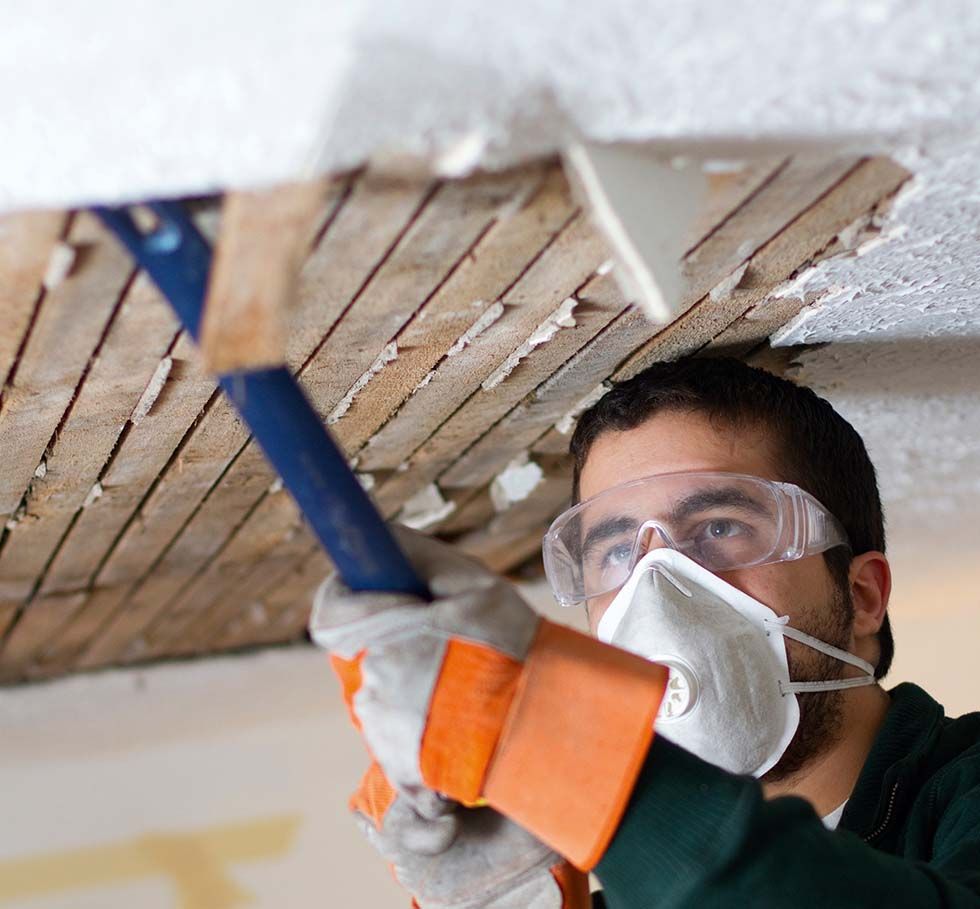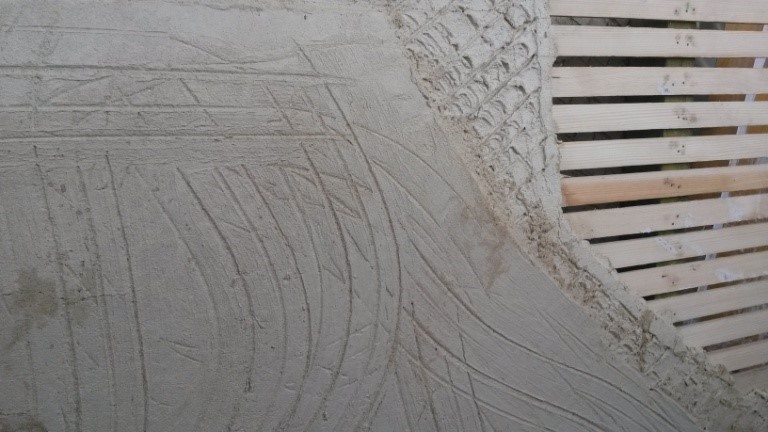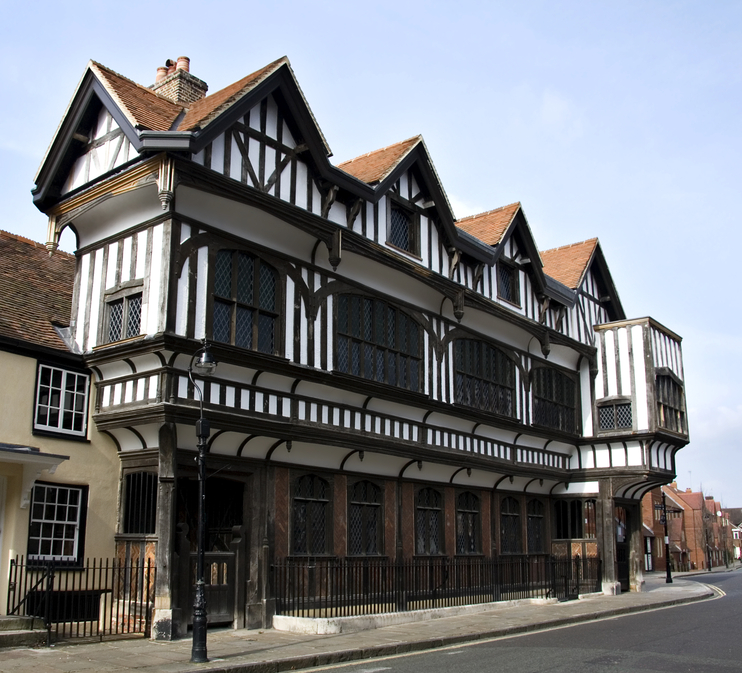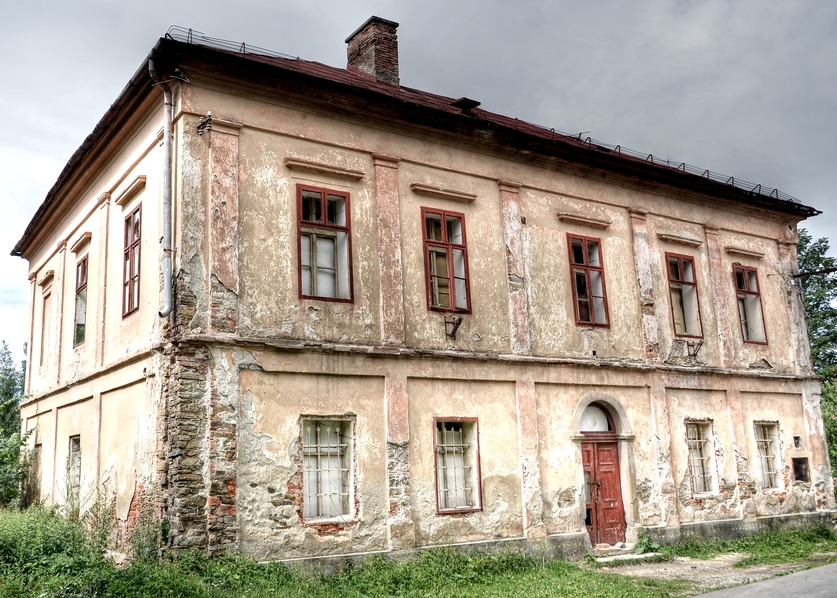Excited to buy a listed building, well hold on right there…  Let’s stop and count the cost.
Let’s stop and count the cost.
When buying a heritage building it can seem like a great investment yet it can be a drain on your purse if you’re not careful.
There are so many stories where people have gone and bought an old run down house, mill, or stables and they have transformed it back to it prime or in some cases better.
Hearing these stories it gives us a warm glow and a desire to do the same, but what we don’t hear is the cost of the projects, the mistakes that knock costing into the rafters.
So What about the cost? When you own a heritage building you better have money to burn. Yes, that’s right; it’s not a cheap thing owning an old building.
One homeowner found out the hard way.
A real costly experience
Renovating his heritage house a Gentleman went in search of a professional. The homeowner had not realised the magnitude of the skilled work that was needed to restore his listed home but was determined to save cost and do the prep work himself.
So what did the homeowner do…?
Well, he hired… His nephew… Yes, that’s right his nephew was hired to do the prep works.
The young lad had no skills in modern or traditional building work. So you can just imagine what disasters would befall.
For a while, all seemed to go well.
Dutifully the nephew got to work removing the rouble, upon doing this the young lad discovered plaster snot on the back of the wooden slats.
Now if you know anything about lath and plaster, you will know this is not a good idea. Why? let go on with the story.
So the nephew proud of his hard day’s graft, called his uncle to look at this now snot free cavity; can you imagine the joy on the homeowners face?
Happy with this prep work, the homeowner then called in the professional.


Call in the Professional
After seeing the snot free cavity the professional was in utter shock that the ceiling had not collapsed.The plaster that had dripped over the back of the lath was a support keeping the plaster to the wall. And the nephew didn’t just do a small section; No, he did the whole ceiling.
Now, what could this homeowner do?
Thankfully the builder knew the skills to fix this problem.
Stabilising the ceiling required metal pins to be inserted every 30 meters.
This resulted in more expense than the original quotation.The ceiling would never be as strong as it had once been but the homeowner can now rest soundly knowing the plaster would not crumble and collapse on him.

Skill = Quality
Many think they are saving money doing simple works themselves without the correct training but when it comes to traditionally built structures heritage skills and experience are a must.
For these skills and materials, they come at a cost.
Quality doesn’t come cheap, but it is cheaper than having to fix what didn’t need doing. A hard lesson to learn but it is all worth it in the end.
Now if you own a heritage building, work in the building industry or just interested in old buildings, take note there are courses you can attend to widen your skills. Learn to maintain Lath and Plaster, Understand lime and how to use it, or just basic heritage maintenance skills.
You can develop the skills to maintain your own heritage building.
Contractors should be check for training in the traditional skills.
Knowing you have the right people on the job will help you feel in control of your renovation.
And not end up with the possibility of your wall collapsing in.

